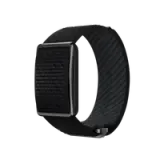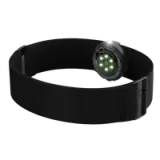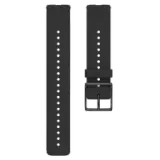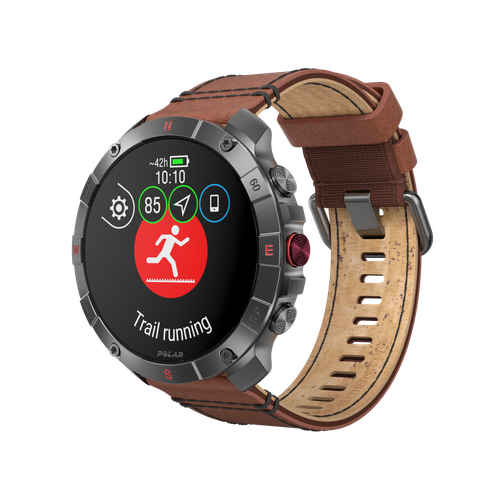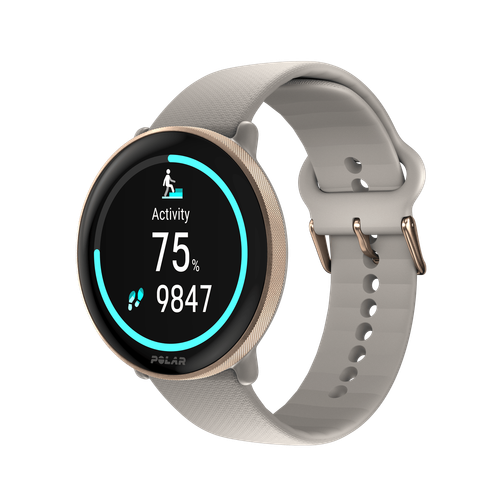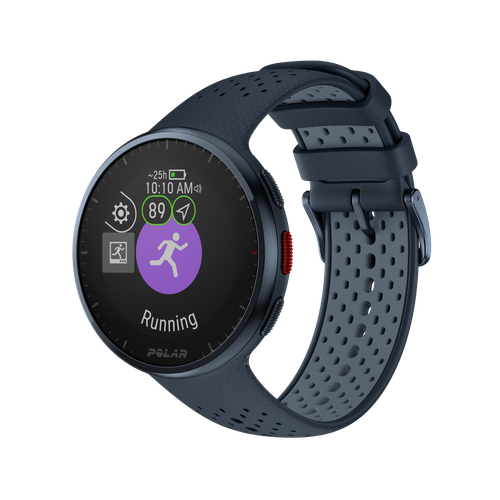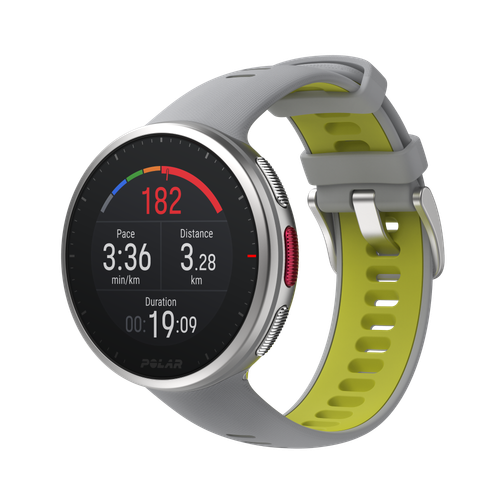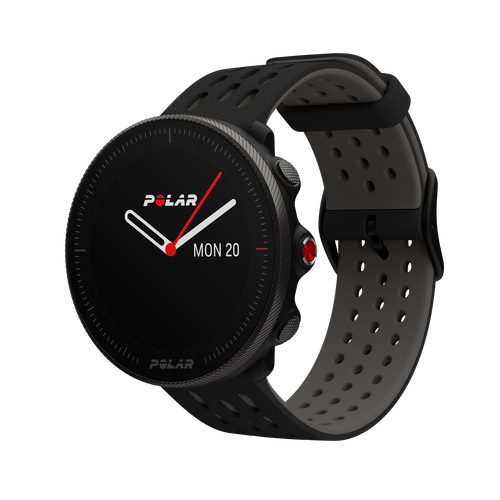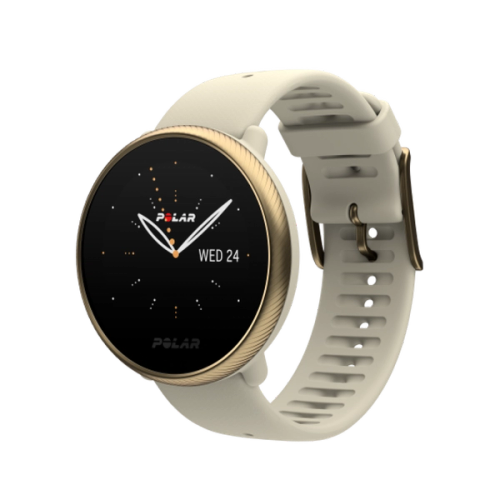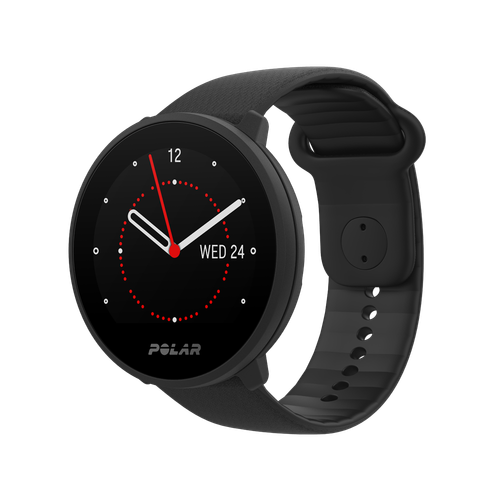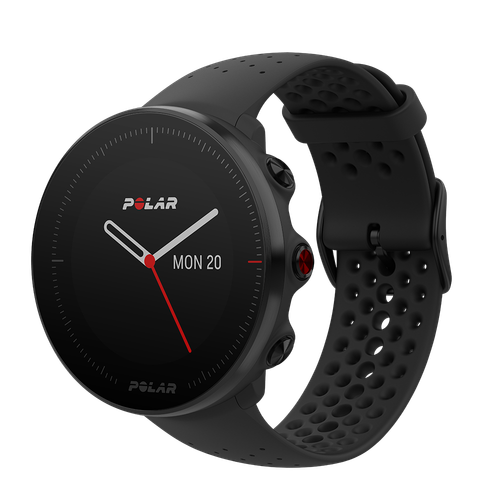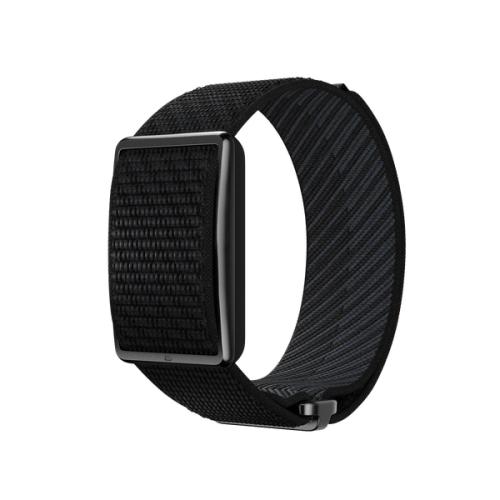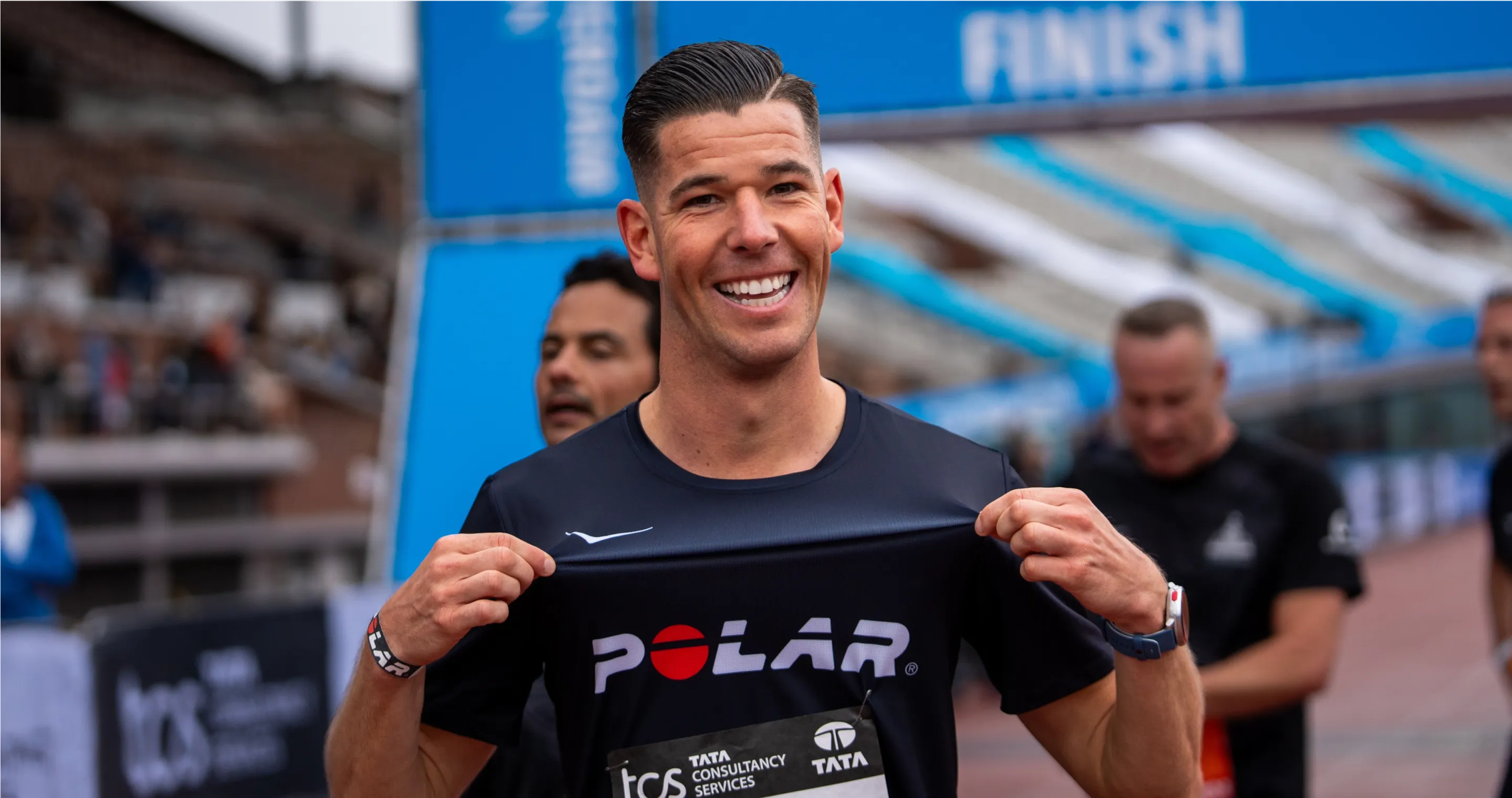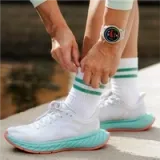It's important to note that things not working out quite the way he had planned still saw Tim run his first marathon in an impressive 3 hours and 28 minutes. He's the kind of person who likes to hold himself to some pretty high standards – and isn't afraid of working through the challenges. That's because Tim's job is even less conducive to marathon training than even your typically demanding 9-5 career.
Working as a flight attendant for a major European airline means that there is no such thing as a regular schedule for Tim. "My life is way more complicated these days than when I ran my first marathon," he notes. "I have to deal with jet lag, working irregular hours, waking up at three in the morning, and then arriving after midnight. I'm not off every single Saturday or Sunday. I'm not off during the school holidays. My roster is not very predictable."
Despite the jetlag, fatigue, climate changes, and every other challenge traveling across the world entails, Tim not only trains for marathons, he’s aiming at times not many people can achieve. Breaking the 2:30 barrier is his next goal.
I want to run a marathon
"Why 42km?" Tim ponders when I ask him what draws him to this specific event. "Why that length and not a simple 5km? I've noticed I'm more of a long-endurance runner than a short, fast runner. I have a decent 5K run, but my qualities and capacities get exposed way more during the marathon."
But as is often the case, neither marathons nor running were his first forays into sports.Tim was born in Bonheiden, an urban town with a touch of rural charm, in the Belgian province of Antwerp. Growing up in the 90s, like most European lads, he was enthusiastic about football (or soccer, for our US readers). Upon starting university, he switched his sporting focus to triathlons but soon realized that one focus was better than three. Running, unlike swimming or cycling, doesn't require specific equipment or facilities, making it an accessible challenge to tackle for someone always on the move, and he streamlined his goals accordingly.
Quickly, Tim had ticked a few distances off his list: a 5K, 10K and then the inevitable half-marathon. "After that, I thought to myself, "I'm challenged, but I'm not challenged enough," he recalls. "So, I decided, "One day, I'm going to run a marathon."
This all happened back in 2016, at a time when Tim freely admits he was driven by all the confidence of youth but with no idea how to actually work towards achieving such a goal. "At that point... I didn't have a coach. I knew nothing about gear, nutrition, practice, food, whatever," he confesses. The only thing Tim was using was a running app and his powerful personal drive. "I was like, "Let's give it a go!" I had no clue what to expect obviously. I didn't have any clue what to take or when to take it. I didn't even take any gels during that race. "
As we now know, that first marathon wasn't a sporting high point for Tim. In fact, he almost gave up on the idea of racing entirely. But something about the marathon kept calling to him. Then there's also the prestige of marathons. The bigger events. The international majors you can work towards. The sense of accomplishment and fulfillment that comes from both competing and completing in these races. "The marathon is a big and popular discipline because of media and sports people," Tim notes. "And that's why I'm attracted to the marathon distance rather than other distances. Right now, my aim is to achieve certain goals first within that marathon distance."
After a disappointing first race, he had to come back to it.
By his third attempt, he cruised past the sub-three-hour marathon milestone with a time of 2:55:32. "Gradually, I started getting better at running marathons," Tim modestly notes, "and then my goal was to run faster every single marathon."
A new strategy
In 2018, nearly three years after his underwhelming first attempt, Tim felt ready to try again. But he knew that this time he couldn't wing it. "I changed my mind about marathons and was like, "OK. Maybe I can do better. Maybe I should prepare myself a little bit more. Maybe I should do some more research." Now, he also had the additional challenge of working as a flight attendant, something he hadn't had to navigate when training a few years earlier. This time, he needed help.
Tim enlisted his cousin, a triathlon trainer, as his first coach. "I started working with some decent running shoes. I started doing some research about nutrition. And it all came together." He ran his second marathon in Holland that year, clocking in at an impressive 3 hours and 2 minutes. By his third attempt, he cruised past the sub-three-hour marathon milestone with a time of 2:55:32. "Gradually, I started getting better at running marathons," Tim modestly notes, "and then my goal was to run faster every single marathon."
It's a target he has achieved with incredible consistency. Last September, Tim ran his 10th marathon, this time in Berlin, hitting a new PR of 2:34:44. "So, I'm slowly getting there," he grins. "It has become more a passion than a sport. You know what I mean?"
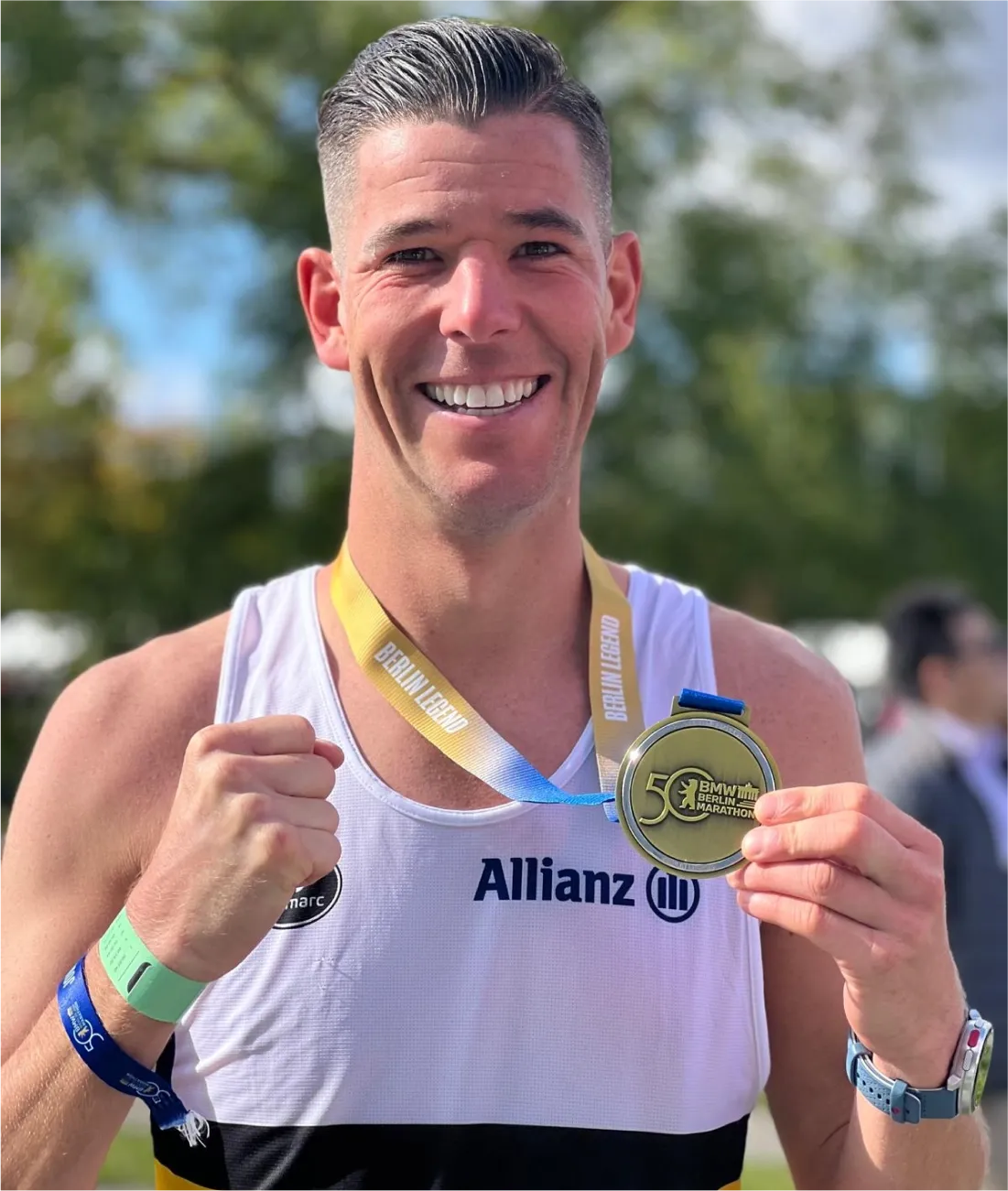
Run to paradise
As Tim continues to leave all these running goals in his wake, the obvious question remains: how on earth does he balance his training with a job that challenges the core requirements of preparing for a marathon? Specifically, quality rest and recovery. A regular training schedule. Even consistent hydration and nutrition.
"Obviously, it's my full-time job," admits Tim, discussing being a flight attendant. "It's my income, so if I have to pick an order, obviously, work goes first. But that doesn't mean training has to go second.Working doesn't mean you can't train. It's just a matter of organizing your training to fit your work. If I fly early in the morning, I train in the afternoon. If I'm flying in the afternoon, I train in the morning."
That's all well and good when your mornings and afternoons are in the same destination. But frequently, Tim finds himself far from his Belgium home, in destinations like the Dominican Republic, Mexico and Zanzibar. How does he (and his body) account for such regular dramatic shifts in time zones? "There are 24 hours in a day, and there's always time to train," he shrugs. "Some days are harder than others, but there's always time to train. You know, if you want something, you can do it."
When pressed, Tim does concede that balancing his particular type of job with a strict training schedule does have its challenges. "My life is way more complicated and difficult than before," he admits, "which actually doesn't make sense 'cause right now I'm running faster and even better than I did during my first marathon. But, I have such a great team behind me, and all the training helps me perform better and better every single time."
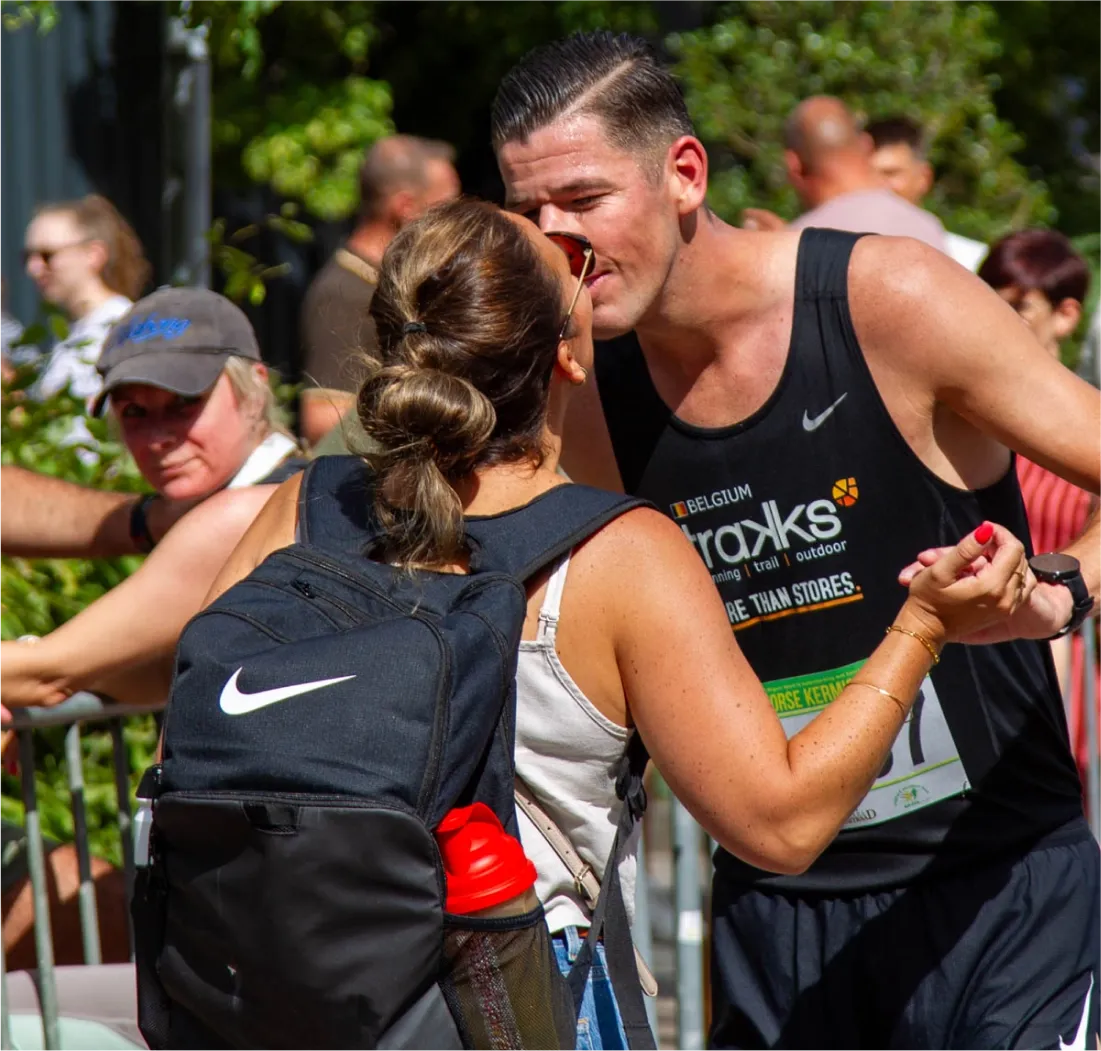
Enjoying this article? Subscribe to Polar Journal and get notified when a new Polar Journal issue is out.
Subscribe
Boundaries and negotiations
"Running is my life," observes Tim, "and I have a partner, and I have a family." His girlfriend, Sien, is clearly a supportive presence, often embracing him at marathon finish lines."
So, how exactly does he manage to have a relationship with his girlfriend and family on top of the delicate balancing act that his job and training already entail? "Sien and my family adapt to my situation rather than me adapting to their situation," Tim points out. "If my parents say, "Hey, can we meet up Sunday at 3pm?" I'm gonna say, "Let's do 5pm, because. I still need to train at 1pm." It sounds super selfish, but running is actually my priority. So I'm so thankful for that cause she and my family understand the situation and knows what I'm trying to achieve." As Tim discusses how he negotiates making time for all the things that are important to him, it's clear that his approach is less self-centered than he thinks. Instead, he is good at having boundaries and offering alternatives when a suggestion doesn't work for him, helping him to strike the balance he needs.
As it sounds, Tim often has to navigate some tricky negotiations. Does he ever feel he is losing out on anything? "I don't have the feeling I have to sacrifice something," Tim refutes. "It's more for the love of the sport, for the passion of the sport, rather than sacrificing myself to put things on the side."
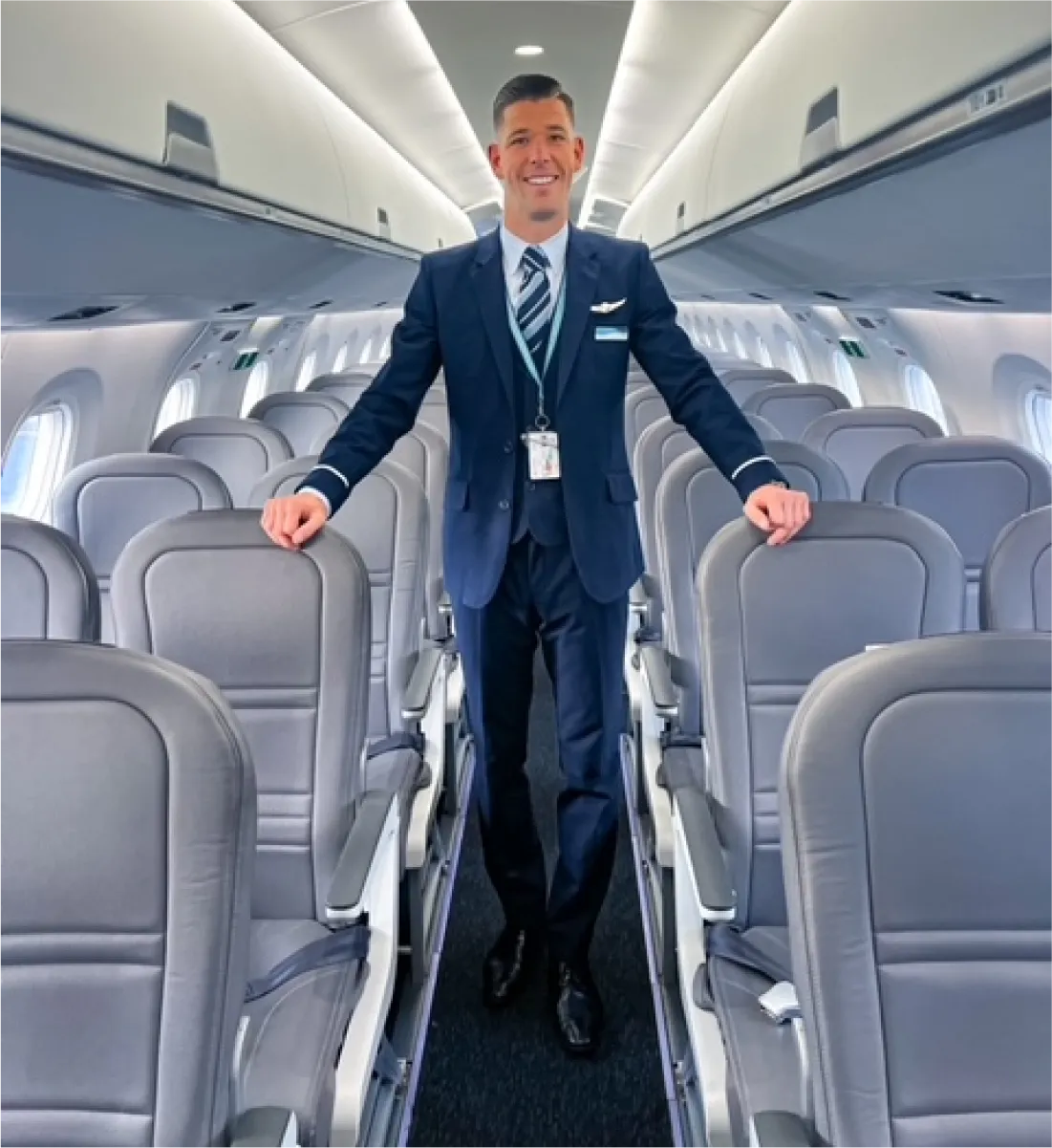
The "human part," as Tim puts it, is recognizing that he is indeed human. There is an essential level of adaptability and self-care that his demanding schedule requires.
Juggling jetlag and sweat
"I've had three coaches from 2018 until right now in 2025," points out Tim when discussing his approach to training. "Over time, I've realized I need a coach who understands I cannot perform at 100% every single day. I'm trying to perform at 100%!" he jokes, "but when I'm flying long haul, I will be exhausted. So, having a trainer who understands my job is the key point. You have to be exactly on the same level, coach and athlete. A good coach understands the physical training part and the human part."
The "human part," as Tim puts it, is recognizing that he is indeed human. There is an essential level of adaptability and self-care that his demanding schedule requires. "In terms of hydration and nutrition, I need a daily routine, absolutely," Tim points out. " It's so, so important to fuel your body the right way. The correct time as well especially. Obviously, with sleep and jet lags, that's a bit more complicated. My biggest recommendation is to adapt as quickly as possible to the local time and routine." When traveling for marathons, he allows plenty of time to let this adjustment take place. "I always try to arrive way in advance to avoid kind of jetlag."
How does he handle staying hydrated both in flight and in humid destinations? "I take my own Isotonic powder with me everywhere," says Tim, "especially when I'm in tropical places. It's got a lot of carbs and a lot of fast sugars, which help me make sure my body's fueled and hydrated enough to perform as well. I also use salt tablets because you can sweat a lot over here."
Long life goals
With ten marathons and a sub-three-hour time already under his running belt, which targets does Tim have his sights set on now? "My goal is chasing all the major marathons," he enthuses. "In 2022, I ran the Boston Marathon, which was also my first major, so that was pretty special." He missed out on the ballot for this year's London marathon, so he has switched his sights to Vienna this April, "a flat and fast course," to keep him focused.
Not that the appeal of the destination greatly impacts his choice of event. "Whenever I'm running a marathon, I am so focused during 42 kilometers," Tim explains. "I'm basically living in my own cocoon. I'm so focused on what I have to do, when I have to drink, when I have to take my shells. Checking my pace, my Polar watch, and how I feel, that kind of stuff."
He's also had his share of setbacks, naturally. "Last year, in March, I ran Tokyo, which is another major marathon, but I had a pretty bad injury a couple of weeks before a marathon," recalls Tim. "So we adjusted my goal. Obviously, it had been to run another PR. That's my goal for every marathon: to become faster and perform better every single time. But at some point, you have to listen to your body. So my goal in Tokyo was to have fun and enjoy it."
"My big advice is to compare your performance only with yourself," Tim advises. "I'm not comparing my performances with others because that will demotivate me. Only compare everything with your own." With such a mindset, does he have any time-based goals for the coming years? "I want to become faster. I want to run a 2-hour 20-minute marathon. And slowly, step by step, I'm getting there," Tim says with a smile. And after that? "Maybe a 2:15 marathon? I don't know. I want to do a full Ironman as well, more for the experience. So, ask me that question within three or four years."
It's easy to imagine someone as driven as Tim chasing down new targets for the rest of his life. Is that how he sees it? "Yes, I have certain ambitions. I have certain goals I want to achieve and sometimes I have to sacrifice my social life or even my family life to chase those dreams and gain those goals." But he also has the determination to cross as many achievements off a potential list while he can.
And maybe someday soon, the family will grow. “Whenever we have kids, I’m convinced my life will be completely different,” Tim acknowledges. "My running goals will probably change once my life goals change." But with so much experience balancing hectic schedules, it's not hard to imagine that becoming a father to a young group of marathon runners will be yet another challenge where Tim will no doubt succeed.
undefined
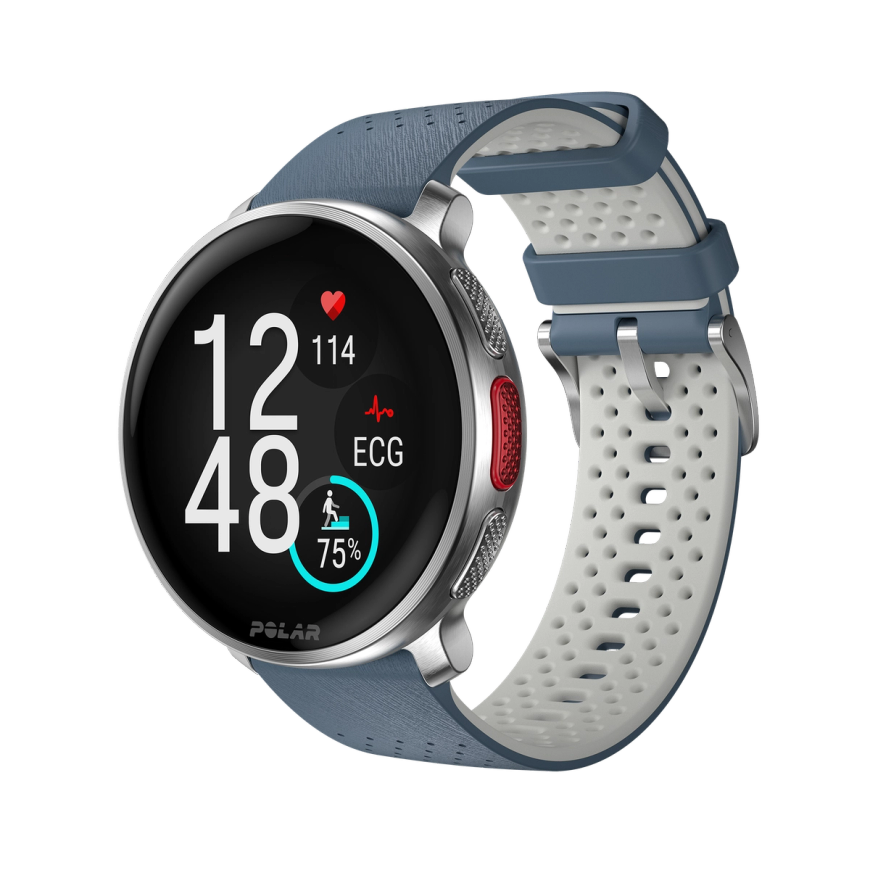
Polar Vantage V3
Premium Multisport Watch
An ensemble of biosensing instruments, AMOLED display, dual-frequency GPS, maps, and the most comprehensive suite of training and recovery tools on the market. The stage is set, and the Polar Vantage V3 smart sports watch is ready to put in the performance of a lifetime.
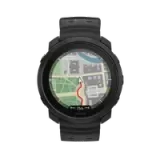 Polar Vantage M3
Polar Vantage M3
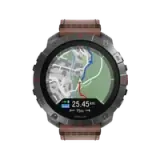 Polar Grit X2 Pro Titan
Polar Grit X2 Pro Titan
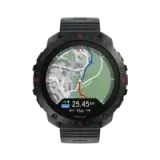 Polar Grit X2 Pro
Polar Grit X2 Pro
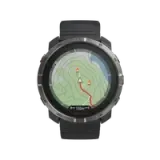 Polar Grit X2
New
Polar Grit X2
New
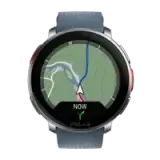 Polar Vantage V3
Polar Vantage V3
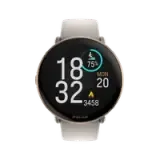 Polar Ignite 3
Polar Ignite 3
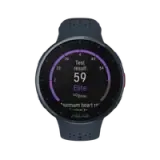 Polar Pacer Pro
Polar Pacer Pro
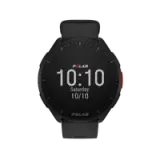 Polar Pacer
Polar Pacer
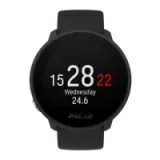 Polar Unite
Grit X Series
Vantage Series
Pacer Series
Ignite Series
Polar Unite
Grit X Series
Vantage Series
Pacer Series
Ignite Series
